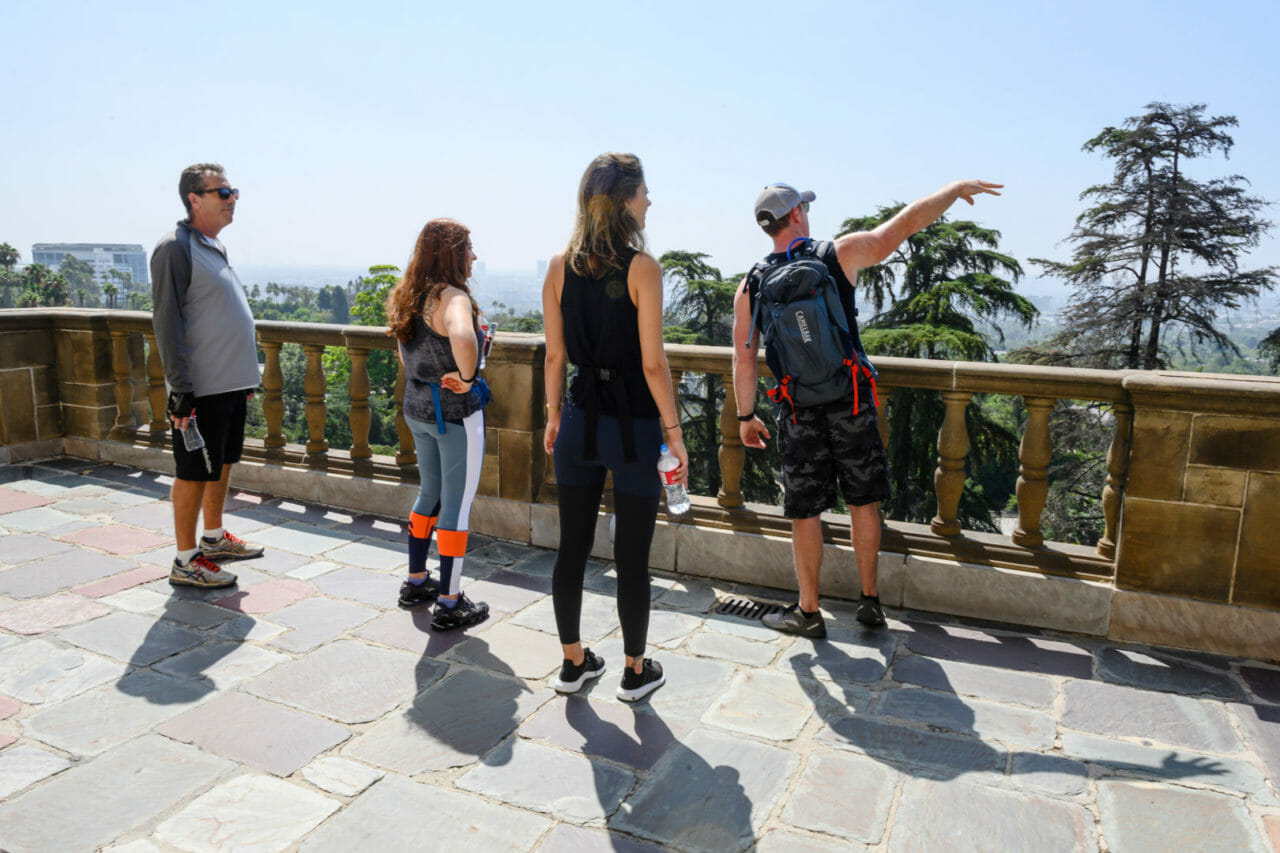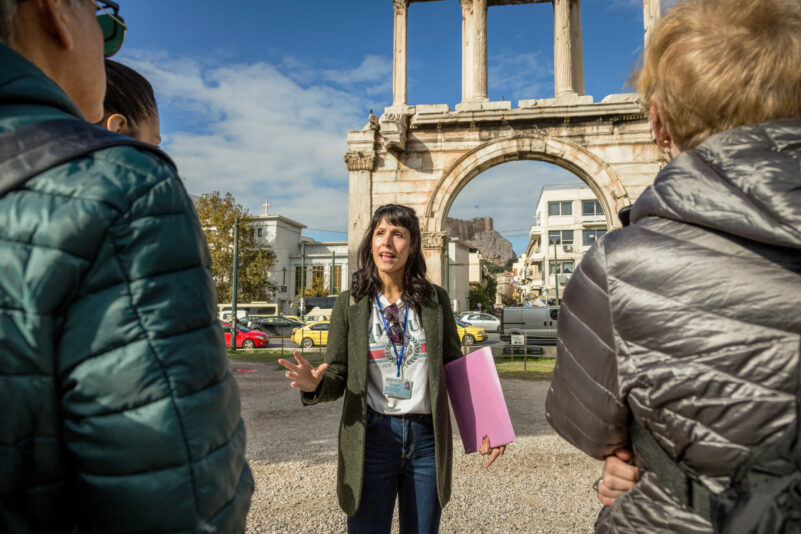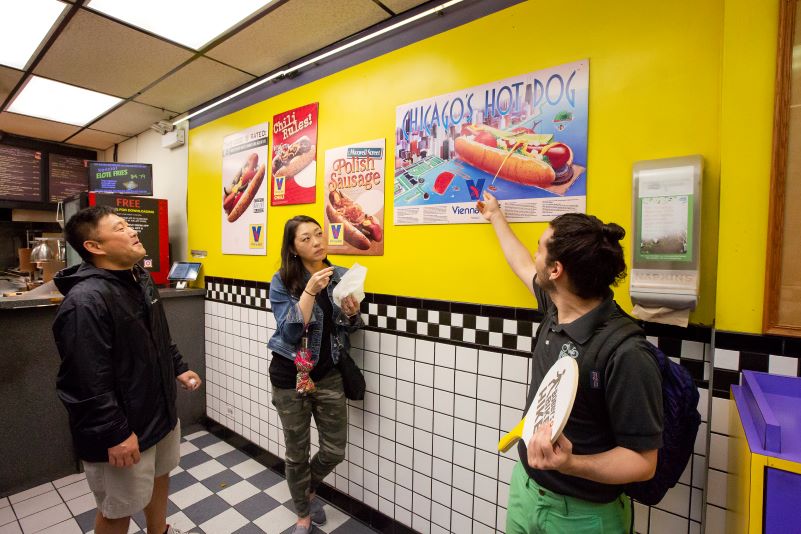Give travelers the ability to build a unique and customizable itinerary with Viator. To do so you need a strong title, to let your personality shine, give travelers an idea of their choices, and see what other operators are doing to highlight their custom tours.
Travelers nowadays love having choices. And more than ever before, they’re booking tours, activities, and experiences at the last minute, or even when they’ve already reached their destination. Phocuswright found that 38% of bookings for experiences occur on the same-day or up to two days leading into a trip. Flexibility is the name of the game for today’s travelers.
Flexibility doesn’t just mean when or where a traveler books, either. Increasingly, consumers are looking for the ability to customize the experience itself. Operators that have the ability to provide customizable itineraries should take advantage of the growing desire for a more tailored experience.
Industry publication Skift, in a report on experiential travel trends, had this to say about customization: “With one-size-fits-all package travel dying a long deserved death, tour operators providing scheduled itineraries should build in time or a variety of activity options so travelers can customize their experience.”
If you’re creating a customizable tour or activity on Viator, follow these tips for building a strong itinerary and ensure travelers have all the information necessary to confidently book with you.
Start From the Beginning: A Strong Title Attracts Travelers
No matter your product, a strong title is the first step in attracting attention. If you are creating a customizable activity, include that in the title. For example: “Custom Walking Tour of Washington D.C.” or “Create Your Own Itinerary Boston Day Tour.” Leading with your experience’s customizability is a good way to show up in search results for travelers seeking a bit of personalization and flexibility.
Also, keeping your title simple and straightforward is a good idea for translation purposes. Non-English translations are often longer and more characters than English versions, and more concise titles will appear better on mobile devices. Don’t use idioms, ambiguous words, or slang that won’t translate easily across multiple languages. You never know where your travelers will come from, so don’t stop them from finding your experience with complex language!
Let Travelers Know What to Expect (and Not to Expect)
After creating your engaging title, the “What to Expect” section is crucial for outlining your custom itinerary. Within this section you have the freedom to structure the information travelers will read however you want. The key is presenting the information in a clear and direct way. You want to ensure that readers know exactly what their options are when booking your activity.
Let’s take a look at an example for how you can structure your “What to Expect” section to highlight the custom nature of your tour. To highlight your personality write the description in the first person, for example: “I’ll explain in specific detail the historical importance of this landmark, making you feel like you were actually there!”
If you were providing a Boston day tour you could build an itinerary as follows:
First Stop: Old State House OR Faneuil Hall
Option 1: Old State House (30 mins)
- Description of Old State House
- Brief description of this stop i.e. “your guide will explain the history of the Old State House and you’ll be able to take pictures inside and out.”
Option 2: Faneuil Hall (30 mins)
- Description of Faneuil Hall
- Brief description of this stop i.e. what your group will do there
Second Stop: Paul Revere’s House OR Old North Church
Option 1: Paul Revere’s House (30 mins)
- Description of Paul Revere’s House
- Brief description of this stop i.e. “learn the history of Paul Revere, his house, and his famous ride.”
Option 2: Old North Church (30 mins)
- Description of Old North Church
- Brief description of this stop i.e. “see where Paul Revere began his legendary ride.
Lunch: Authentic Italian in the North End OR Fresh Seafood by the Water
Option 1: Authentic Italian in the North End (45 mins)
- Description of the restaurant i.e. “enjoy authentic Italian food in Boston’s famed North End!”
Option 2: Fresh Seafood by the Water (45 mins)
- Description of the restaurant i.e. “enjoy seafood as fresh as it comes right by the water!”
Third Stop: USS Constitution OR Bunker Hill Monument
Option 1: USS Constitution (30 mins)
- Description of the USS Constitution
- Brief description of this stop i.e. the history and importance of the USS Constitution
Option 2: Bunker Hill Monument (30 mins)
- Description of Bunker Hill Monument
- Brief description of this stop i.e. “learn about the site of one of the most famous battles of the Revolutionary War
With an itinerary like that, travelers are well-informed about the choices they have and can decide what attractions are most exciting to them. This layout also lets you set the structure for the activity while providing the customers with a degree of freedom that is not available on other experiences.
Along the same lines as the “What to Expect” section, and just as important, are your inclusions and exclusions. These sections give travelers more granular details about what you will be providing for their custom tour—plus what’s included in the cost and what isn’t. Here you will let travelers know if they can expect food, drinks, hotel pick-up/drop-off, transportation by vehicle, a professional tour guide, tickets/entrance to attractions, and anything else that you do or don’t offer.
Make sure all of your product’s information is as up-to-date as possible. Let travelers know if the weather can affect their experience, or if some parts of the itinerary are subject to change, include a disclaimer noting that. Being as detailed, precise, and upfront as possible about what to expect will lead to more bookings and better reviews!
Study Real Examples of Custom Itineraries
Now that you’ve learned about the best ways to build a customizable itinerary let’s look at some examples from actual listings on Viator. We’ll then discuss what makes that listing a successful example.
Example #1: Straightforward, informative itinerary

This private Egyptian tour does a very good job of being upfront with travelers. The first sentence of the “Overview” leads with the fact that this is a customizable, private tour. The “What to Expect” section then does a good job of laying out the attractions and activities travelers can choose from. Note that it also lets users know how many of the below attractions they can choose, an important piece of information for travelers’ plans. Then the listing presents the attractions an easily digestible format.
Example #2: Different package options for different arrangements
What makes this successful?
This listing takes into account that travelers will have different transportation needs. Some travelers will already be staying in a hotel within the city and can be picked up, others might be traveling from a different city for this activity, or other may be beginning their travels and would appreciate a pickup from the airport. Creating different tiers of the experience based on travel options reduces confusion and provides travelers with peace-of-mind that their situation can be accommodated.
Example #3: Inclusions and exclusions
What makes this successful?
The inclusions and exclusions in this listing do a good job of being upfront about what will be included with their experience and what won’t be. Especially with longer tours, it’s important for travelers to know if food and drinks will be included, where they will be picked up and dropped off, and how they will be getting around. When building your custom itinerary, put yourself in your customer’s shoes and think about what you would want to know before booking.
[ta-obfuscator type=”link” new-tab=”true” href=”https://supplier.viator.com/sign-up-info?m=62185″ text=”Sign up today!”][/et_pb_cta][/et_pb_column][/et_pb_section]












